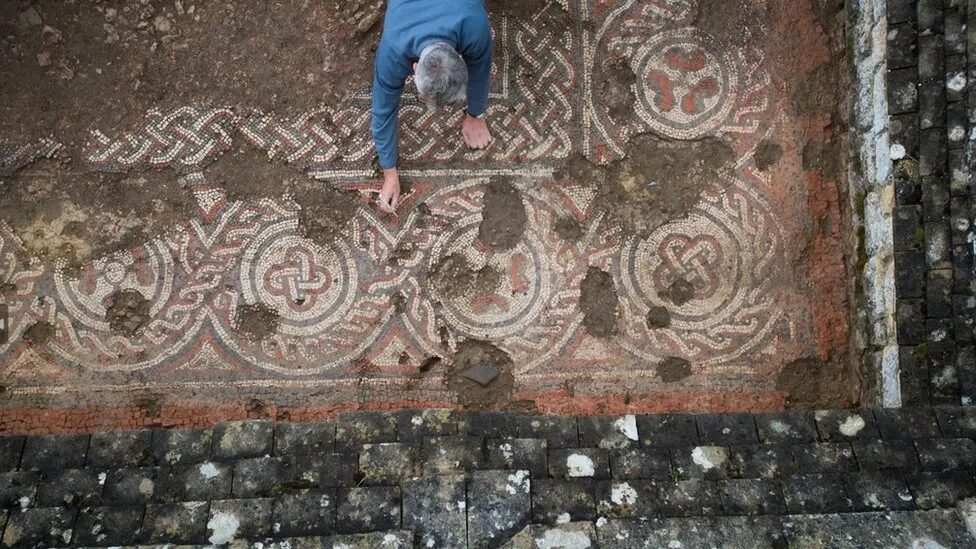Four research articles in
Nature follow the genetic traces and geographical origins of human diseases far back in time.
The analyses provide detailed pictures of prehistoric human diversity and migration, while proposing an explanation for a rise in the genetic risk for multiple sclerosis (MS).

© The Danish National MuseumThe Porsmose Man from the Neolithic Period, found in 1947 in Porsmose, Denmark.
By analysing data from the world's largest data set to date on 5,000 ancient human genomes from Europe and Western Asia (Eurasia), new research has uncovered the prehistoric human gene pools of western Eurasia in unprecedented detail.
The results are presented in four articles published in the same issue of
Nature by an international team of researchers led by experts from the University of Copenhagen and contributions from around 175 researchers from universities and museums in the UK, the US, Germany, Australia, Sweden, Denmark, Norway, France, Poland, Switzerland, Armenia, Ukraine, Russia, Kazakhstan, and Italy. The many researchers represent a wide range of scientific disciplines, including archaeology, evolutionary biology, medicine, ancient DNA research, infectious disease research, and epidemiology.
The research discoveries presented in the
Nature articles are based on analyses of a subset of the 5,000 genomes and include:
- The vast genetic implications of a culturally determined barrier, which until around 4,000 years ago extended up through Europe from the Black Sea in the south to the Baltic Sea in the north.
- Mapping of how risk genes for several diseases, including type 2 diabetes and Alzheimer's disease, were dispersed in Eurasia in the wake of large migration events over 5,000 years ago.
- New scientific evidence of ancient migrations explaining why the prevalence of multiple sclerosis is twice as high in Scandinavia than in Southern Europe.
- Mapping of two almost complete population turnovers in Denmark, within a single millennium.





Comment: France is still very much attached to its colonies and as always it is about resources and power projection. In Africa some countries have started to kick France out of their former colonies much to the chagrin of the ruling French elite.
See also: